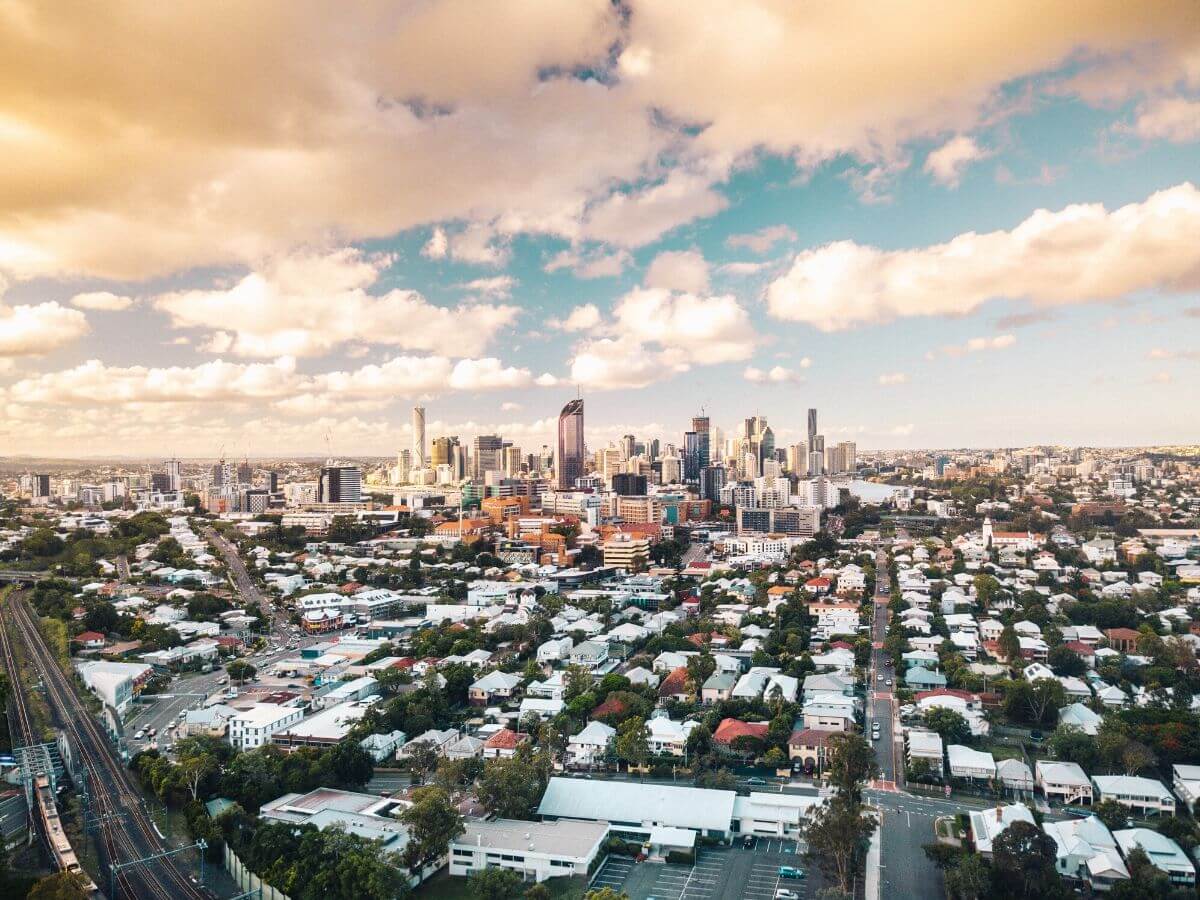Joel Davis,
Strategic Director at Image Property.
Brisbane’s best property price growth suburbs over the decade
[lwptoc]Always a bridesmaid, never a bride, or so the saying goes.
Brisbane’s property market has felt a bit like that over the past several years, overshadowed by the exponential growth seen in Sydney and Melbourne.
While the two biggest capitals hogged the headlines, Brisbane was the quiet achiever and notched up a number of suburbs that experienced strong and consistent growth year in, year out for the past decade.
And many of them had one thing in common.
A terrific trio
For starters, let’s have a look at the three best-performing locations over the past decade.
This data is from CoreLogic and the Property Investment Professionals of Australia, which looked at average annual growth rates.
Coming in at the very top of the list was Robertson.
It’s not hard to see why this outer southern suburb, about 13 kilometres from the city, lures people in.
It’s picture perfect, with tree-lined streets and lovely homes, and exceptional lifestyle amenity.
Connection to the city is also effortless – 20 minutes on a bus via the busway, good proximity to the motorway and near a dedicated bike path.
Its average annual growth over 10 years was 3.7 per cent. In 2010, its indexed median house value was a touch above $710,000, whereas it’s now $1,019,930.
Second on the growth hotspot list is Tarragindi – another southern star.
It’s about eight kilometres from the CBD, but you’ll be there in 15 minutes max on the bus, and the road links are good, too.
It’s also one of the rare Residential A-zoned suburbs in Brisbane, meaning oversized land blocks, huge parks and an abundance of bushland reserve. It feels a little bit bush but is a stone’s throw from the city.
Despite its idyllic feel, it has a great cosmopolitan vibe, too, with plenty of cafes, restaurants and boutiques. It’s also very close to a Griffith University campus.
Its average annual growth over 10 years was 3.6 per cent. In 2010, its indexed median house value was a touch above $571,000, whereas it’s now $813,738.
And in the final spot of the top three list was New Farm in the inner-city.
It’s perhaps not surprising that this trendy, young and vibrant suburb has performed so well, given how popular it is.
There’s an eclectic mix of great apartments, both new builds and renovated existing dwellings, through to charming Queenslanders and spectacular trophy homes.
New Farm’s lifestyle has just as much variety.
You’re likely to walk by a posh art opening and a craft beer festival on the same block, plus the mix of residents goes from the uber-rich to uni students.
Its average annual growth over 10 years was 3.5 per cent. In 2010, its indexed median house value was $950,745, whereas it’s now $1,340,392.
Picking up on a trend

What does the top three tell you about great long-term prospects in Brisbane?
Well, it might be useful to zoom out a little further and look at some of the other results in the research.
The suburbs will their average annual growth over the past decade are:
- Salisbury – Nathan: 3.4%
- Geebung: 3.4%
- Kangaroo Point: 3.4%
- Kedron – Gordon Park: 3.3%
- Moorooka: 3.3%
- Stafford Heights: 3.3%
- Brisbane City: 3.2%
- Stafford: 3.1%
- Chermside West: 3.0%
Putting aside the couple of city-centric results, what do you notice?
The majority are middle-ring suburbs. In my view? They’re locations that allow buyers to have it all.
You can get to and from the city pretty easily. You can live in a nice home without paying an absolute fortune for it. There’s a little bit of density but also sprawling parks, tree-lined streets and a slightly more suburban feel.
You can also get a good coffee, go out for a nice meal and get what you need at local shops.
Also, reasonably close by are major shopping centres, and major hubs like hospitals and universities.
These middle-ring strong performers appeal to a broad market. They’re convenient. They’re pleasant. They’re sought-after.
What these results also indicate is that the best performing suburbs for capital growth over the past decade are those in consistent high demand with residents of all types.
Of course, that sounds a bit obvious. The more people who want to buy somewhere, the steeper the price growth trajectory.
But many of these suburbs are in demand across the board in many different ways.
They’re popular with buyers and renters (therefore investors).
Plus, their demographics are broad and diverse, with people young and old, rich and modest, professional and retired, and single and family all wanting to live there.


